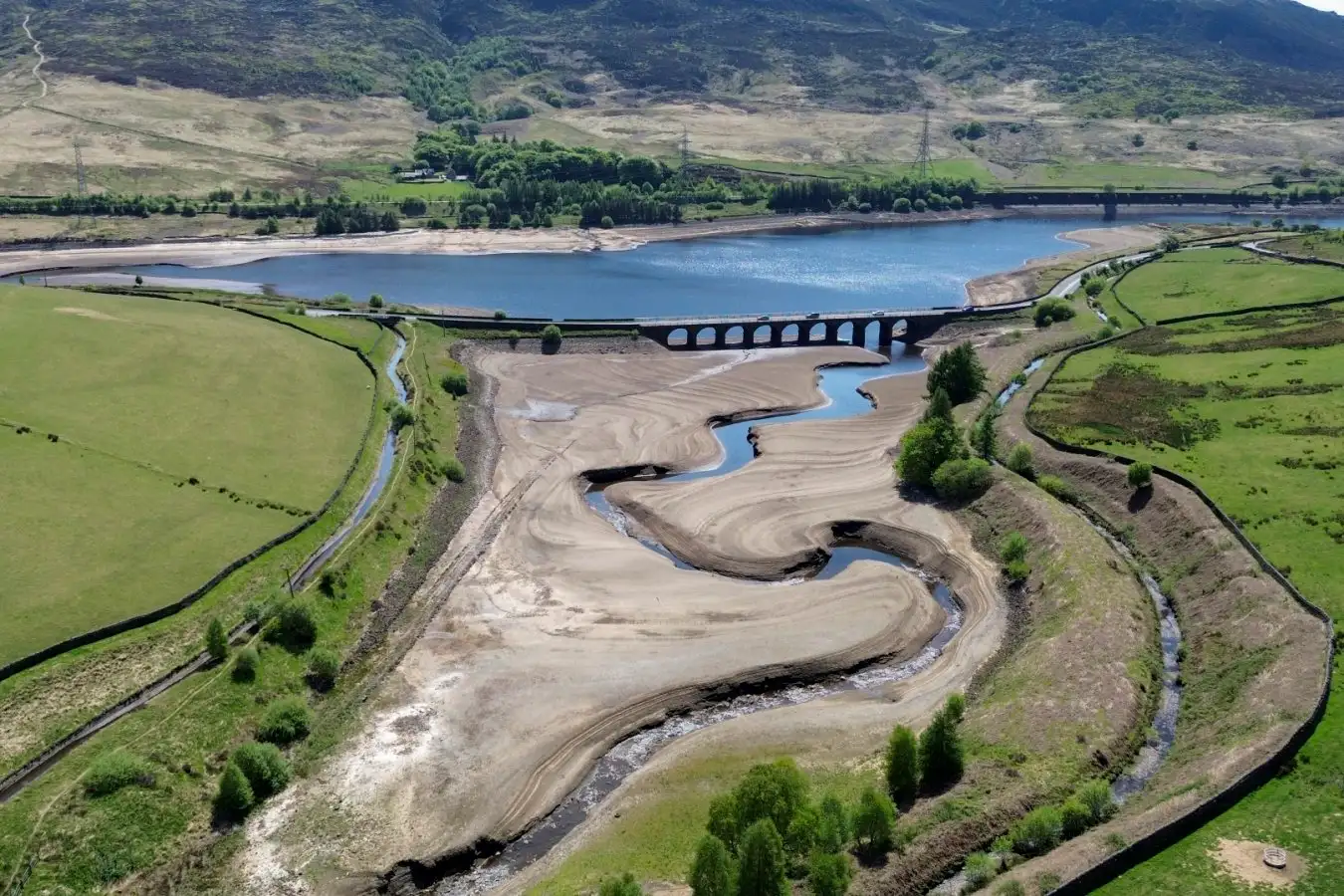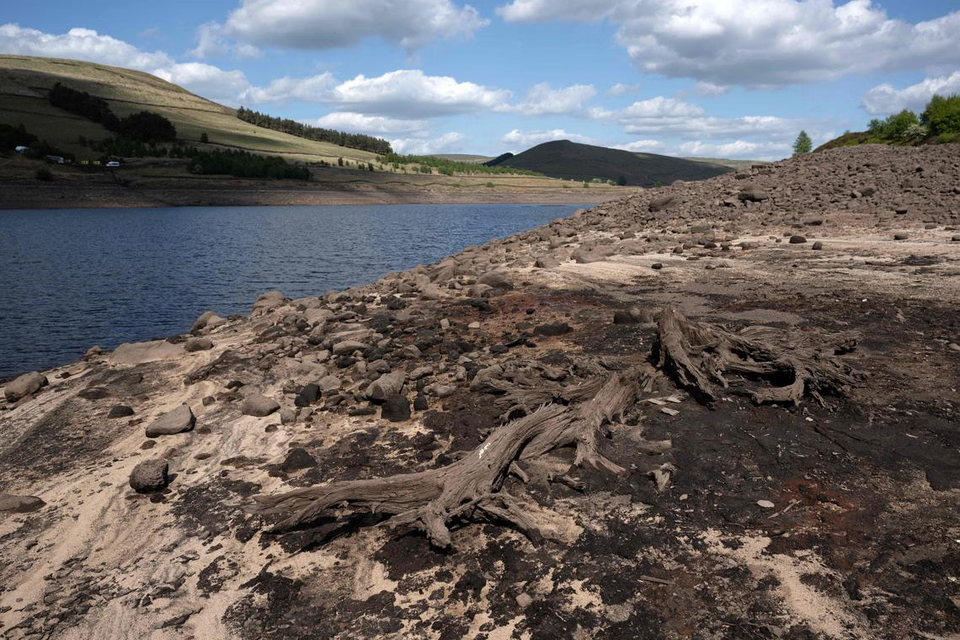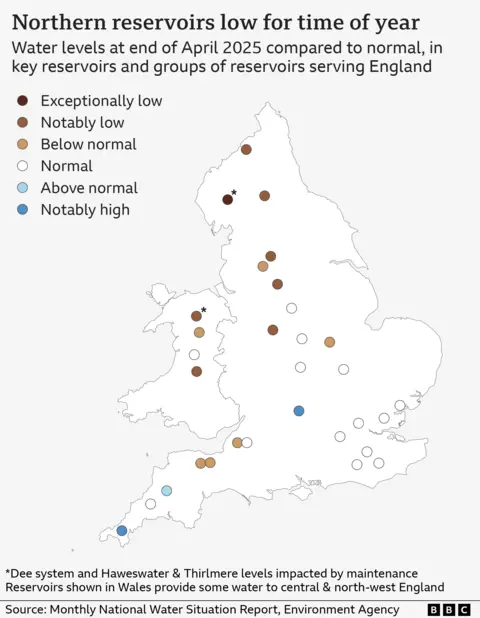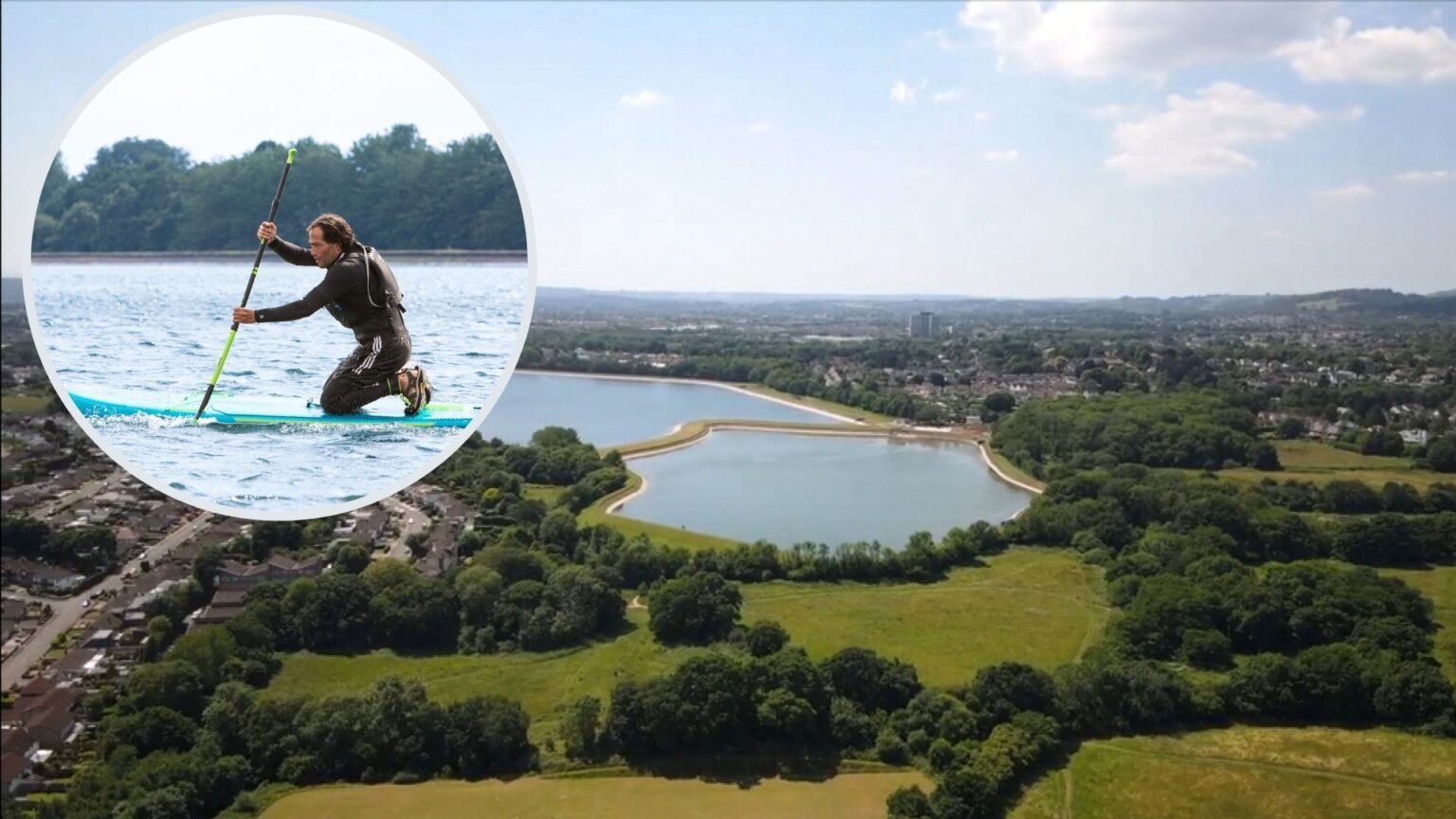England faces a serious drinking water shortage UK crisis that could become critical within ten years. With rising temperatures, population growth, and ongoing droughts, the need for new water infrastructure is urgent. This article explores reservoir plans, construction challenges, and why changing water use is key to future supply.
The Growing Threat of Drinking Water Shortage UK Faces

Recent dry spells, including an exceptionally dry spring, have pushed many regions in England to dangerously low water levels. For example, Woodhead Reservoir in Derby showed significantly reduced water volumes earlier this year, highlighting a growing trend. Scientists and officials warn of a UK-wide drinking water shortage if new reservoirs aren’t built soon.
Government Initiatives to Combat Drinking Water Shortage UK
In response to the crisis, the UK government has sped up plans for two major reservoirs: the Fens Reservoir in Cambridgeshire and the Lincolnshire Reservoir. These are due for completion by 2036 and 2040. They will increase water storage in some of England’s driest areas. Water Minister Emma Hardy stressed the urgency, warning that without these reservoirs, England could face drinking water shortages by the mid-2030s.
Why New Reservoirs Are Needed to Address Drinking Water Shortage UK

Reservoirs play a critical role in mitigating drought impacts by storing excess rainfall during wet seasons for use in dry periods. Climate change predictions point to hotter, drier summers ahead, making water scarcity more frequent and severe. However, England has not built a major reservoir since 1992, leaving the country vulnerable to increasing demand from new housing developments, industry, and population growth.
Challenges in Building New Reservoirs
While reservoir projects are vital, they face numerous hurdles including local opposition, high costs, and long timelines. Local communities often resist plans due to concerns about land use, environmental impact, and disruption. Additionally, constructing reservoirs can be expensive and may lead to higher water bills. The government’s move to classify these projects as nationally significant aims to streamline approvals but has sparked debate about balancing local interests with national needs.
The Role of Water Conservation

Experts agree that new reservoirs alone cannot solve the drinking water shortage UK problem. There must be a comprehensive approach to managing water consumption, including reducing household use, fixing leaks, recycling water, and smarter planning around new developments. Professor Hannah Cloke of the University of Reading advocates for retrofitting existing homes and regulating new construction to minimize water waste.
Climate Change and Its Impact on Water Supply
Climate change is intensifying the frequency and severity of droughts in the UK. The Met Office warns that drier summers and unpredictable rainfall patterns will continue, putting additional pressure on water resources. This environmental shift makes it all the more critical to invest in infrastructure and adopt sustainable water management practices.
Conclusion
The UK is at a crossroads where action on drinking water shortage UK issues cannot be delayed. Building new reservoirs, accelerating infrastructure projects, and transforming how water is used are all essential steps. Only by combining these strategies can England ensure reliable drinking water supplies for future generations.




